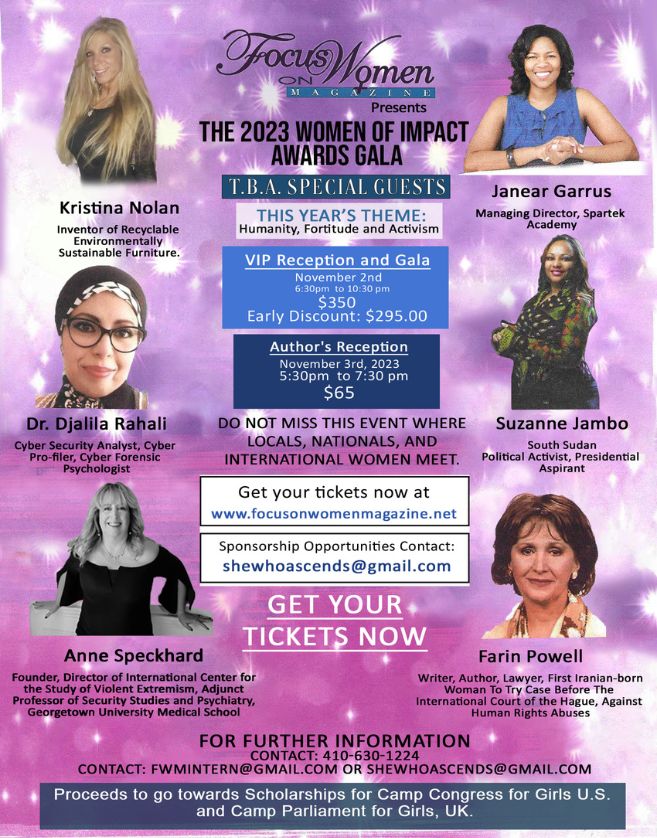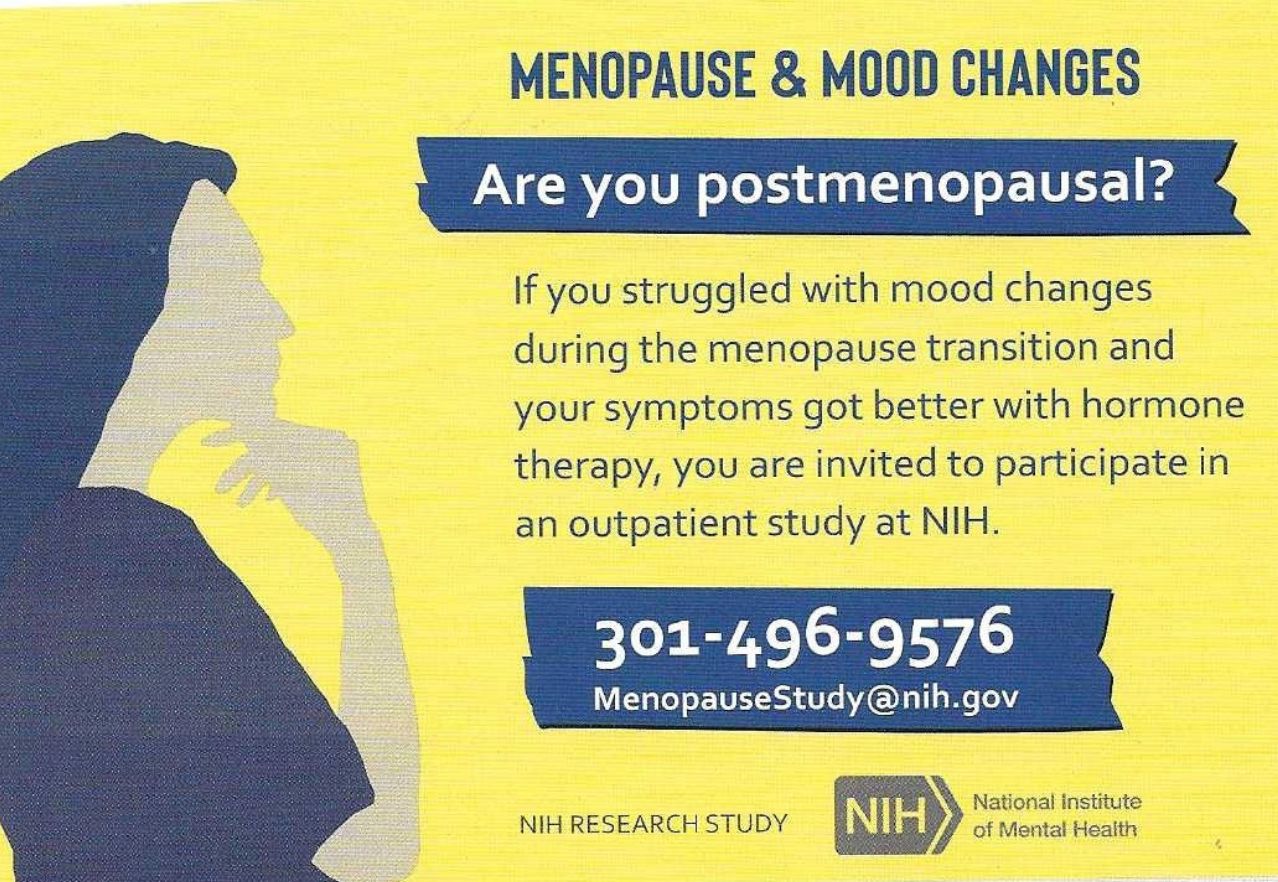An Epidemic of Violence: Fighting to End Gender-Based Violence
By: Zeinab Mohamud
November 25, 2022
 International efforts are being made to end violence against women and girls through the Global 16 Days Campaign. The campaign is held every year from November 25, the International Day for the Elimination of Violence Against Women, through December 10, Human Rights Day. It was established in 1991 during the first Women’s Global Leadership Institute and is now run annually by the Center for Women’s Global Leadership. Calls for the prevention and elimination of violence against women and girls are made using this as an organizing tactic by people and groups all over the world, including Global Rights for Women. Violence committed against a person based on that person’s biological sex OR gender identity is known as gender-based violence (GBV). It covers all forms of abuse, whether they take place in the public or private sphere, such as physical, sexual, verbal, emotional, and psychological harm as well as threats, compulsion, and denial of resources like money or education (Ott, 2021).
International efforts are being made to end violence against women and girls through the Global 16 Days Campaign. The campaign is held every year from November 25, the International Day for the Elimination of Violence Against Women, through December 10, Human Rights Day. It was established in 1991 during the first Women’s Global Leadership Institute and is now run annually by the Center for Women’s Global Leadership. Calls for the prevention and elimination of violence against women and girls are made using this as an organizing tactic by people and groups all over the world, including Global Rights for Women. Violence committed against a person based on that person’s biological sex OR gender identity is known as gender-based violence (GBV). It covers all forms of abuse, whether they take place in the public or private sphere, such as physical, sexual, verbal, emotional, and psychological harm as well as threats, compulsion, and denial of resources like money or education (Ott, 2021).
The prevalence of gender-based violence is mostly a result of systematic gender inequity, which silences the voices of women, girls, and other minorities, silences their experiences, and makes it easier to deny them their basic human rights. Lack of justice, economic equity, including, a lack of education and employment possibilities all contribute, making the victim dependent on the abuser.
The most deadly form of gender based violence is femicide. Femicide refers to the murder of a woman and girl because of her gender. According to FBI data on countrywide killings, a significant fraction of US women are slain by current or past intimate partners. Homicide is the fifth most common cause of death for women aged 20 to 44, according to the CDC, and the fourth most common cause of death for girls and women aged one to 19 years old (Hackman, 2021). Women and girls from lower-income communities and countries are at higher risk of experiencing femicide, in part due to their socioeconomic status that can make it difficult to access support and services.
The National Indigenous Women’s Resource Center reports that the homicide rate in the US is six times greater for Indigenous women and girls than it is for white women and girls, with previous or current partners being the cause in 94% of instances. However, the seriousness of this mostly goes unnoticed. According to the group, the FBI only has data on half of Indigenous homicide reports, which means many lives lost are not included in most official calculations (Hackman, 2021).
Latin American countries hold the highest rates of femicide cases due to the longevity of its historical, cultural, and socioeconomic development. The growing rates of gender-based violence within Latin America is closely linked to the persistence of patriarchal standards, the normalization of sexism, and beliefs about the place of women in society that treat them as a man’s property and assume their disposability. As “a tool of control and dominance, discrimination against women, and a show of deeply ingrained misogyny,” the machista cultural views are a reflection of the unequal relations of power between men and women. (Marszalkowska, 2022).
“UNITE! Activism to stop violence against women and girls” is the theme of this year’s 16 Days of Activism Against Gender-Based Violence. The fundamental rights, health, and wellbeing of women and girls are violated by gender-based violence everywhere in the world.
Given the data gap and silenced voices, we can raise awareness and amplify survivors’ voices in the battle against gender-based violence by listening to their stories, supporting organizations like Global Rights for Women and working to end gender bias and addressing the root causes of violence in the systems that should be supporting women and girls.
Zeinab Mohamud is a student at the University of Minnesota – Twin Cities, a former intern and current volunteer with Global Rights for Women.
Sources:
“16 Days of Activism against Gender-Based Violence.” UN Women – Headquarters, https://www.unwomen.org/en/what-we-do/ending-violence-against-women/take-action/16-days-of-activism.
“Femicides in the US: The Silent Epidemic Few Dare to Name.” The Guardian, Guardian News and Media, 26 Sep. 2021, https://www.theguardian.com/us-news/2021/sep/26/femicide-us-silent-epidemic.
Marszałkowska, Julia. “Femicide as a Human Rights Issue – The Case of Latin America.” Institute of New Europe, 14 Jan. 2022, https://ine.org.pl/en/femicide-as-a-human-rights-issue-the-case-of-latin-america/.
Ott, Meghan. “Series: What Does That Mean? Gender-Based Violence.” Women for Women International, 4 June 2021, https://www.womenforwomen.org/blogs/series-what-does-mean-gender-based-violence?src=GGEV224A&ms=cpc_google_awarness&utm_medium=cpc&utm_source=google&utm_campaign=awarness&utm_content=gg%2Bad&gclid=Cj0KCQiA99ybBhD9ARIsALvZavVvzuVu3SVGc3lyxvGivKevWMt4G0yJeHnVC96OOnmKn8RghrmvPgwaAvPoEALw_wcB.






